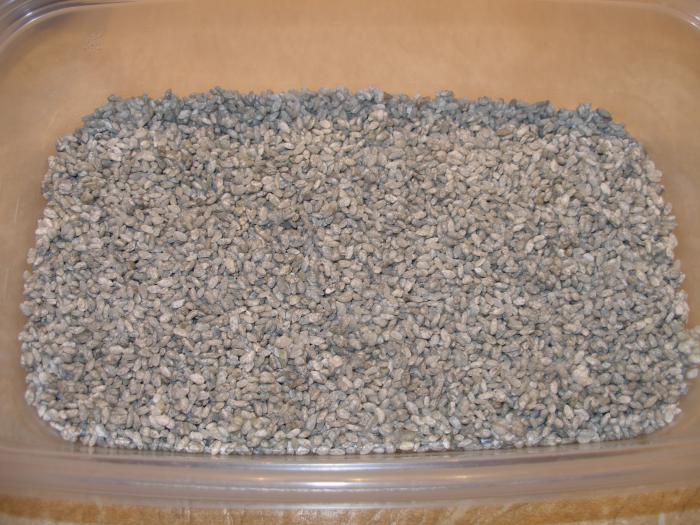Very good. Thank you for the clarification. I also noticed on your list of steps where you have each day activity listed that you're missing a few places where you're letting the ferment warm up to 70f and then not specifying when to put the fermenter jar back into the 50's. It reads like, "day x, let it warm up to 70f" and then a few days later, "day x, let it warm up to 70f" without the steps of putting the fermenter back into the 50's. Somewhere in there, you'll need to cool the rice back down to avoid lactobacillus growth.
I'm assuming the steps are, let it warm up to 70f for a day, feed it koji and wait a day, feed it rice and wait a day, cool it back down. Repeat after x amount of days.
I had some luck at the brew shop. I picked up two packets of 1116 and White Labs 705 Sake Yeast, which is yeast strain #7. I'm going to use 1116 in the batch I have intended to do in 1 gallon glass bell jar, but I also have a few smaller half gallon jars. I'm going to try the #7 strain in one of the smaller jars and just for fun, i'll try the pilsner yeast in the other half gallon jar. The brew shop also carries the Koji spore kits, so next batch I can make the Koma-Koji from scratch and use fresh fungus with my sake.



























![Craft A Brew - Safale BE-256 Yeast - Fermentis - Belgian Ale Dry Yeast - For Belgian & Strong Ales - Ingredients for Home Brewing - Beer Making Supplies - [3 Pack]](https://m.media-amazon.com/images/I/51bcKEwQmWL._SL500_.jpg)
































